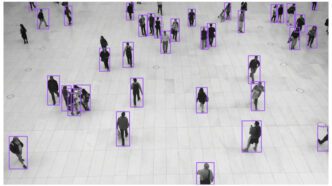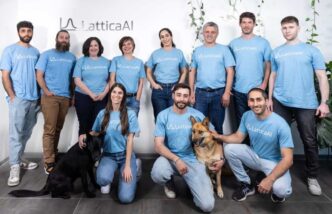In machine learning, there’s a growing belief that dataset annotation itself can be automated with AI—especially for image captions used in training vision-language models (VLMs). At first glance, this sounds like a breakthrough. But look closer, and it starts to resemble the old joke about downloading more RAM: a clever illusion that software alone can fix a fundamentally human task.
This mindset has quietly shaped many modern AI pipelines. Yet while new model releases get plenty of attention, the quality of dataset annotations they rely on is often ignored. Behind every smart AI system is a mountain of labeled data—labels that real people, working under pressure, assigned in sometimes ambiguous or inconsistent ways.
At their core, AI models are just pattern detectors. They reflect whatever data they’ve been shown. And when dataset annotation quality is lacking, those patterns become fuzzy or misleading—leading directly to problems like hallucination and misclassification.
When AI Models Get Penalized for Being Right
A recent study out of Germany dives deep into this issue, highlighting how flawed dataset annotation can create false perceptions of accuracy or failure. The researchers focused on a popular evaluation benchmark for hallucination detection in VLMs called POPE, which uses labels from the MSCOCO dataset.
By manually rechecking the dataset annotations, the team found a surprising number of errors—cases where the labels were simply wrong or unclear. For example, a model might correctly identify a bicycle in an image, but if the original annotation missed it, the model would be scored as incorrect. Multiply that across thousands of examples, and the entire evaluation framework starts to crack.
Their revised benchmark, named RePOPE, corrects these flaws, offering a clearer look at how models actually perform when measured against accurate dataset annotation.
The Hidden Cost of Cutting Corners on Dataset Annotation
Creating high-quality dataset annotations is neither cheap nor easy. It often involves subjective decisions—what one person calls a “car,” another might label an “airport vehicle.” Automating this process with AI introduces even more ambiguity, since machines struggle with context and nuance.
Many companies try to scale annotation using platforms like Amazon Mechanical Turk, where crowd workers label data at volume. While this approach boosts speed, it often compromises consistency. Worse, when annotators are far removed from the model’s target users, their interpretations may not align with the use case—leading to mismatches in dataset annotation and downstream errors.
As AI becomes embedded in critical systems, these small cracks in the foundation turn into major issues. Poor dataset annotation isn’t just a data science concern—it’s a fundamental obstacle to building reliable AI.
RePOPE Redefines the Benchmark
In their study, the German researchers relabeled every entry in the MSCOCO dataset used in POPE. They assigned two human labelers per data point and excluded ambiguous items—like teddy bears labeled as “bears” or motorcycles misclassified as bicycles.
The result was RePOPE: a cleaner, more accurate dataset annotation benchmark. Testing several leading open-weight vision-language models against both POPE and RePOPE showed just how much flawed labels had skewed previous evaluations.
Models that once looked like top performers dropped in the rankings when evaluated on the corrected annotations. Others that had been overlooked suddenly stood out, all thanks to better dataset annotation practices.
Even though accuracy and recall stayed relatively stable, the F1 score—a critical metric in these benchmarks—shifted significantly after relabeling. This shows how sensitive model performance assessments are to the underlying dataset annotation quality.
Better Dataset Annotation Isn’t Optional—It’s Essential
The takeaway? You can’t fix bad training data with better models. The only real solution is to invest in better dataset annotation from the start.
Whether that means hiring specialized annotation teams, refining label definitions, or building hybrid pipelines with human-in-the-loop systems, the focus must shift back to quality. Because as long as dataset annotation is treated as an afterthought, hallucination will remain a persistent problem in AI.













